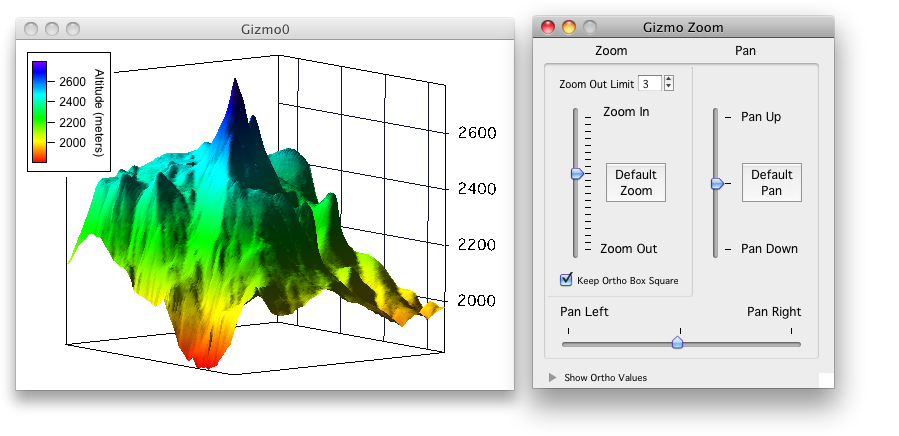
The third and fourth gels similarly show treated PvEg5 motor domain with and without added microtubules, respectively. The second gel shows the partitioning behavior of the treated PfEg5-L6 motor domain without any added microtubules. The top gel shows PfEg5-L6 partitioning into the microtubule pellet fractions or soluble fractions depending on nucleotide treatment as marked.

Insoluble pellet (P) fractions were separated from the soluble supernatant (S) fractions. Microtubules were incubated with Plasmodium motor domains treated with AMPPNP, ATP, and ADP, respectively. C, Coomassie-stained SDS-PAGE of microtubule co-sedimentation assays and molecular weight markers (M). B, basal (black) and MT-stimulated (gray) ATPase activity for motor domains of PvEg5, PfEg5-L6, and HsEg5. Lane 3 in both panels shows S-column elution fraction for each motor, with over 90% purity. Lanes 1 and 2 of both panels show elution fractions from nickel column purification and desalting steps, respectively. A, left, fractions from PvEg5 purification right, fractions from PfEg5-L6 purifications. Purification and characterization of PvEg5 and PfEg5-L6. E, x-ray structure of HsEg5 (3HQD), colored as in D, with bound AMPPNP (space-filling representation) trapped in a prehydrolysis state. D, x-ray structure of HsEg5 motor domain co-crystalized (3KEN) (34) with inhibitor (gray space-filling representation, S-trityl-L-cysteine), loop-5 (cyan), loop-6 (magenta), and ADP (yellow/red space-filling representation) to illustrate the allosteric loop-5 pocket.

C, homology model of PvEg5 based on the 3HQD structural template (36) with loop-5, loop-6, and the orthosteric site colored as in B. The Plasmodium motor domains are 45% identical to the HsEg5 motor domain, whereas their orthosteric sites are 90% identical to HsEg5. Loop-5 and loop-6 segments are marked and shaded in cyan and magenta, respectively, whereas the orthosteric site residues are shaded in green. B, sequence alignment of the motor domains for HsEg5, PvEg5, and PfEg5. Brackets indicate kinesin family affiliation (K number) of each sequence. vivax (Pv), followed by genbank GI number. A, left, unrooted, SATé phylogenetic tree of all kinesins in P. This work demonstrates that chemical screens against human kinesins are adaptable to homologs inĭisease organisms and, as such, extendable to strategies to combat infectious disease. Our experiments identified MMV666693 as a selective allosteric inhibitor of Plasmodium Kinesin-5 this is the first identified protein target for the Medicines of Malaria Venture validated collection of parasite

Not biochemically compete with the ATP substrate for the conserved active site or disrupt the microtubule-binding site. vivax and falciparum Kinesin-5 motor domains but, as anticipated, do not impact human Kinesin-5 activity. Our screen of nearly 2000 compounds successfully identified compounds Idea, we performed a screen for inhibitors selective for Plasmodium Kinesin-5 ATPase activity in parallel with human Kinesin-5. We propose that Plasmodium Kinesin-5 shares this allosteric site and likewise can be targeted to uncover inhibitors with high specificity. Kinesin-5 has multiple allosteric sites that are “druggable.” One site in particular, unique in its sequence divergence acrossĪll homologs in the superfamily and even within the same family, exhibits exquisite drug specificity. Discovered via small molecule screen experiments, the human The Plasmodium Kinesin-5 mechanoenzyme is a suitable “next generation” target. Novel antimalarial drugs are urgently needed. Now show measured resistance to all currently utilized drugs. Plasmodium falciparum and vivax are responsible for the majority of malaria infections worldwide, resulting in over a million deaths annually.


 0 kommentar(er)
0 kommentar(er)
